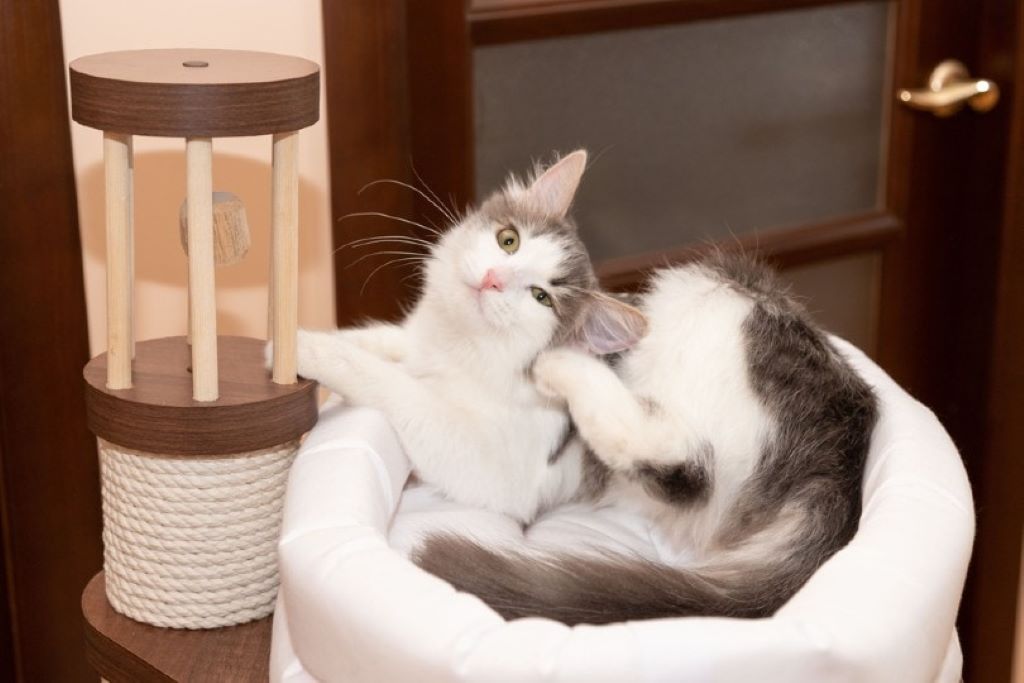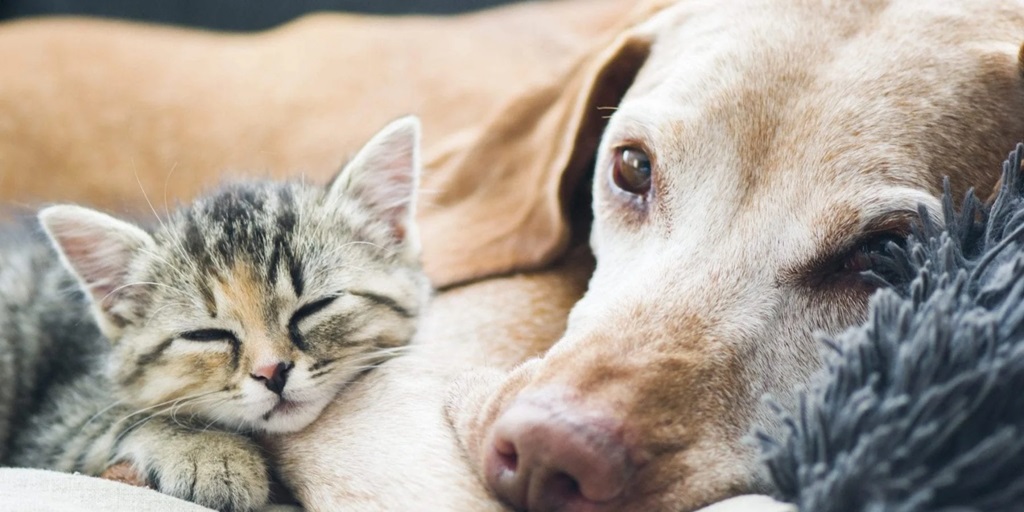As pet owners, we do everything in our power to keep our furry friends healthy and happy. We take them for regular check-ups, give them nutritious food, and provide them with a safe and comfortable home. However, there is one pesky problem that can infest both us and our pets – bed bugs. Bed bugs are small insects that feed on blood, preferably from humans and animals. They are often found in places where people sleep, such as beds, couches, and carpets. Unfortunately, they can also hitch a ride on our beloved pets and make themselves at home on their fur.
But how do we know if our pets have brought these unwanted guests into our homes? In this guide, we will discuss the signs of bed bugs on dogs and cats and what steps you can take to protect your pets and yourself from a bed bug infestation.
Signs of Bed Bugs on Dogs
Dogs are natural explorers and often come into contact with various objects, surfaces, and creatures while outside. This makes them more susceptible to picking up bed bugs than indoor cats. However, even if your dog stays mostly indoors, they can still carry bed bugs into your home.
The first and most obvious sign of bed bugs on a dog is visible bites. Bed bug bites usually appear as small, itchy red bumps that are often in a cluster or a line. They can be found on any part of the body that is exposed while sleeping, such as the belly, ears, or paws. If you notice your dog scratching or biting at certain areas of their body, inspect them closely for any signs of bed bug bites.
Another tell-tale sign is the presence of bed bug eggs or shed skin on your dog’s fur. Bed bugs reproduce quickly, and female bed bugs can lay up to 500 eggs during their lifetime. These eggs are tiny, white, and can easily cling onto your dog’s fur. You may also find shed skin from molting bed bugs on your dog’s fur or in their sleeping area.

Signs of Bed Bugs on Cats
Cats are fastidious animals that spend a significant amount of time grooming themselves. This makes it harder to spot bed bugs on them compared to dogs. However, cats can still pick up bed bugs while exploring the great outdoors or from other pets that may have brought them into your home.
One of the most noticeable signs of bed bugs on cats is excessive scratching and grooming. Bed bug bites can cause irritation and itching, leading to increased scratching and licking by your cat. This behavior can result in bald patches on their fur, making it easier to spot any visible signs of bed bugs.
Another sign to look out for is black or dark brown spots on your cat’s fur. These spots are a mixture of fecal matter and shed skin from bed bugs. They can often be found around the neck, shoulders, and belly areas, which are common places for bed bugs to hide on cats.

What to Do if You Suspect Bed Bugs on Your Pet
If you notice any of the signs mentioned above, it is essential to take immediate action. Bed bugs are not just a nuisance; they can also transmit diseases and cause allergic reactions in both humans and pets.
The first step is to isolate your pet from other animals until you have treated the infestation. Inspect their sleeping area thoroughly, including their bed, blankets, and any other items they sleep on. Wash all bedding in hot water and dry them on high heat to kill any bed bugs or eggs.
Next, it is crucial to give your pet a thorough bath with warm soapy water. This will not only help remove any visible bed bugs but also soothe their skin from the bites. After bathing, use a fine-toothed comb to check for any remaining bed bugs or eggs in their fur.
It is also essential to vacuum your home regularly, especially in areas where your pet spends most of their time. This will help remove any bed bugs and their eggs that may have fallen off your pet. Be sure to empty the vacuum bag outside immediately after use.
Protecting Your Pet from Bed Bugs
The best way to prevent your pet from bringing bed bugs into your home is by taking preventive measures. If you live in an area with a high bed bug infestation, be extra cautious when letting your pets outside. Inspect them thoroughly after each outdoor excursion and give them regular baths.
If you suspect that your pet may have been in contact with bed bugs, consider using a pet-safe bed bug spray to kill any that may be on their fur. This can also serve as an added layer of protection against future infestations.
It is also important to regularly check your pet’s sleeping area for any signs of bed bugs. Consider using a mattress cover and washing it regularly to prevent any potential infestations.
Frequently Asked Questions
Q: Can my pet get sick from bed bugs?
Yes, bed bugs can transmit diseases to both humans and animals. They can also cause allergic reactions in sensitive pets.
Q: How do I know if my pet’s bites are from bed bugs or another insect?
Bed bug bites usually appear in clusters or lines and are often found on areas of the body that are exposed while sleeping. Other insect bites may appear as a single, isolated bite.
Q: Can bed bugs live on my pet permanently?
No, bed bugs prefer to feed and reside on humans. However, they can temporarily survive on pets and use them as transportation to get to their preferred host.
Q: Do I need to throw away my pet’s bedding if it has bed bugs?
No, washing the bedding in hot water and drying on high heat can kill any bed bugs or eggs. Be sure to also vacuum their sleeping area regularly.
Q: Can I use regular insecticides on my pet to get rid of bed bugs?
No, regular insecticides can be harmful to pets. It is important to use pet-safe products specifically designed to kill bed bugs on animals.
Conclusion
Bed bugs are not only a problem for humans, but they can also infest our beloved pets. It is important to regularly check for signs of bed bugs on your pets and take immediate action if an infestation is suspected. By following preventive measures and taking prompt action, you can keep dogs off patio furniture, ensuring your pet and your home remain free from these pesky pests. So, if you notice any signs of bed bugs on your pet, be sure to act quickly and effectively to keep them safe and comfortable. After all, our pets are part of our family and deserve to live in a pest-free environment too.



